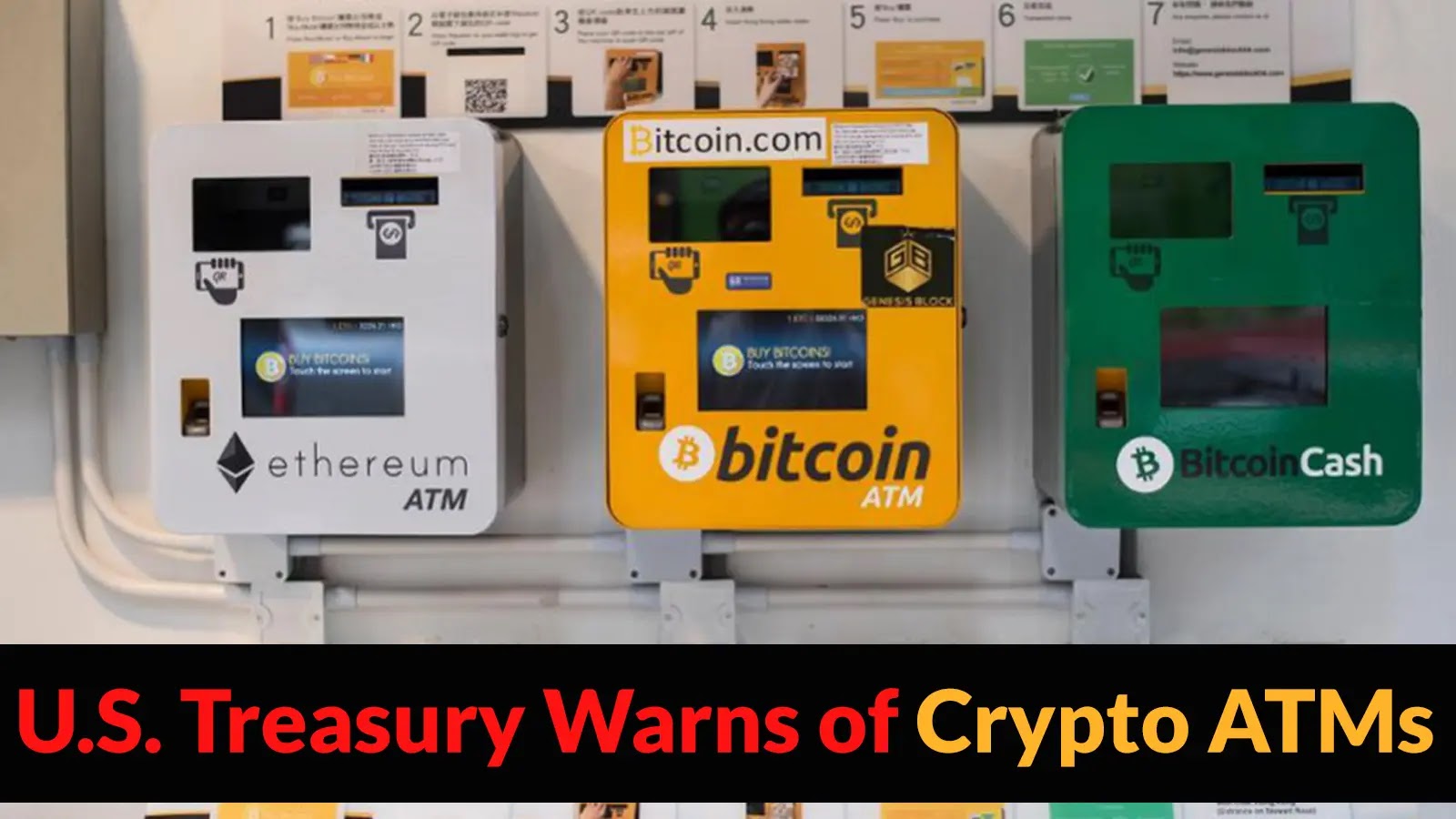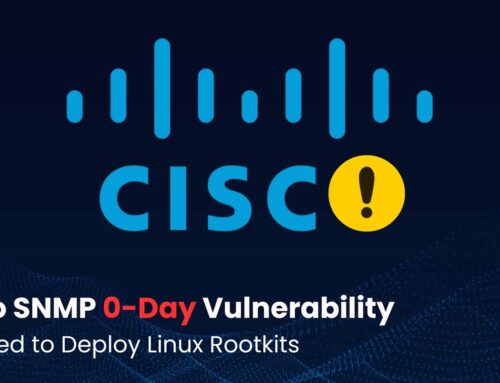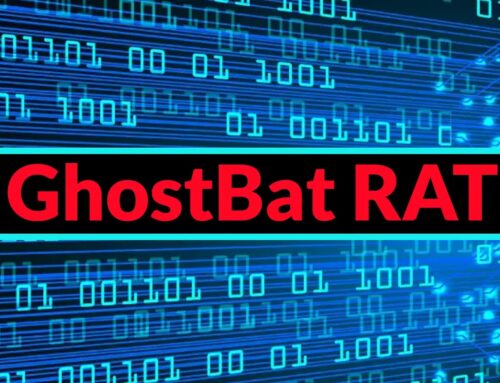
U.S. Treasury Warns of Crypto ATMs Fueling Criminal Activity
U.S. Treasury Sounds Alarm: Crypto ATMs Exploited by Criminal Enterprises
The burgeoning landscape of digital finance offers unparalleled convenience and accessibility. However, this rapid innovation often presents new vectors for illicit activities. A recent, critical warning from the U.S. Department of the Treasury’s Financial Crimes Enforcement Network (FinCEN) casts a stark light on one such vulnerability: the widespread exploitation of convertible virtual currency (CVC) kiosks, commonly known as crypto ATMs, by criminal organizations. Issued on August 4, 2025, this advisory highlights how devices designed for legitimate financial access have become significant conduits for fraud and money laundering schemes, posing substantial risks to individuals and the broader financial ecosystem.
FinCEN’s Urgent Warning: CVC Kiosks as Criminal Conduits
FinCEN’s advisory is a direct response to observed patterns of illicit use of crypto ATMs. While these kiosks offer a straightforward way to buy and sell cryptocurrencies, their decentralized nature and often lax identity verification processes make them attractive targets for bad actors. The warning specifically details how these machines are leveraged in various criminal endeavors, moving beyond simple individual transactions to facilitate complex financial crimes. This advisory serves as a crucial heads-up for financial institutions, law enforcement, and the public regarding the evolving tactics employed by sophisticated criminal networks.
Understanding the Exploitation Mechanisms
The exploitation of crypto ATMs by criminal organizations takes multiple forms, each designed to obscure the source and destination of illicit funds. Common methods include:
- Money Laundering: Launderers use CVC kiosks to convert ill-gotten cash into cryptocurrency, which can then be rapidly transferred globally, making it difficult to trace. The relative anonymity offered by some ATM operators, coupled with transaction limits that avoid scrutiny, plays directly into this.
- Fraud Schemes: Victims of various scams, including romance scams, tech support scams, and government impersonation scams, are frequently instructed by fraudsters to deposit cash into crypto ATMs, effectively converting their defrauded funds into untraceable cryptocurrency for the criminals.
- Drug Trafficking and Illicit Sales: Funds from illegal narcotics sales and other contraband transactions are channeled through these kiosks to digital currencies, providing a fast and efficient way to move and hide profits from illegal activities.
- Terrorist Financing: While less common than other exploitation methods, there is a persistent concern that CVC kiosks could potentially be used to transfer funds to support terrorist activities, capitalizing on the speed and international reach of cryptocurrency transactions.
The Impact on Financial Institutions and Law Enforcement
The FinCEN warning places a significant burden on financial institutions. Banks and money service businesses (MSBs) that serve crypto ATM operators or process related transactions face increased scrutiny regarding their Anti-Money Laundering (AML) and Know Your Customer (KYC) compliance programs. The advisory urges these entities to enhance their due diligence, implement robust transaction monitoring systems, and file Suspicious Activity Reports (SARs) more diligently when unusual patterns involving crypto ATM transactions are detected. Failure to do so could result in severe regulatory penalties and reputational damage.
For law enforcement, the challenge lies in tracing funds once they enter the cryptocurrency ecosystem via these ATMs. The pseudo-anonymous nature of many cryptocurrency transactions, while not truly anonymous, can significantly complicate investigations. International cooperation becomes paramount when criminal funds are moved across borders using these digital assets.
Remediation Actions and Best Practices
Addressing the exploitation of crypto ATMs requires a multi-pronged approach involving regulators, operators, financial institutions, and the public. Key remediation actions and best practices include:
- For Crypto ATM Operators:
- Implement stringent KYC/AML controls, including robust identity verification for all users, regardless of transaction size.
- Monitor transactions for suspicious patterns and report them promptly to FinCEN via SARs.
- Cap transaction limits to deter large-scale illicit conversions, while also ensuring compliance with existing BSA/AML regulations.
- Enhance physical security measures at kiosk locations to prevent tampering or unauthorized access.
- For Financial Institutions:
- Conduct enhanced due diligence on crypto ATM operators applying for accounts or processing significant volumes of related transactions.
- Develop sophisticated transaction monitoring rules specifically tailored to identify red flags associated with crypto ATM activities (e.g., numerous small deposits that aggregate to large sums, transactions involving known illicit addresses).
- Train staff to recognize and report suspicious activity related to CVC kiosks.
- For the Public:
- Be wary of anyone demanding payment via cryptocurrency, especially through a crypto ATM. This is a common tactic in various scam operations.
- Verify the identity of the recipient before sending any cryptocurrency.
- Report suspicious activities or scams to local law enforcement and the FTC.
- Understand that legitimate businesses and government agencies will never demand payment in cryptocurrency via ATMs.
- Regulatory and Enforcement Cooperation:
- Increased collaboration between FinCEN, law enforcement agencies, and international partners to share intelligence and coordinate enforcement actions.
- Development of clearer regulatory frameworks to govern crypto ATM operations globally.
- Leveraging blockchain analytics tools to trace illicit funds once they enter the digital ledger. While no specific CVE applies to this systemic issue, the vulnerabilities stem from process and policy gaps rather than software bugs.
The Path Forward: Securing the Digital Frontier
The FinCEN warning serves as a critical reminder that while technological advancements offer immense potential, they also introduce new avenues for exploitation. The fight against financial crime in the digital age demands continuous vigilance, adaptation, and collaboration across all stakeholders. By implementing stricter controls, fostering greater awareness, and enhancing investigative capabilities, the ecosystem can collectively work towards mitigating the risks posed by crypto ATMs and securing the digital financial frontier from the hands of criminals.





